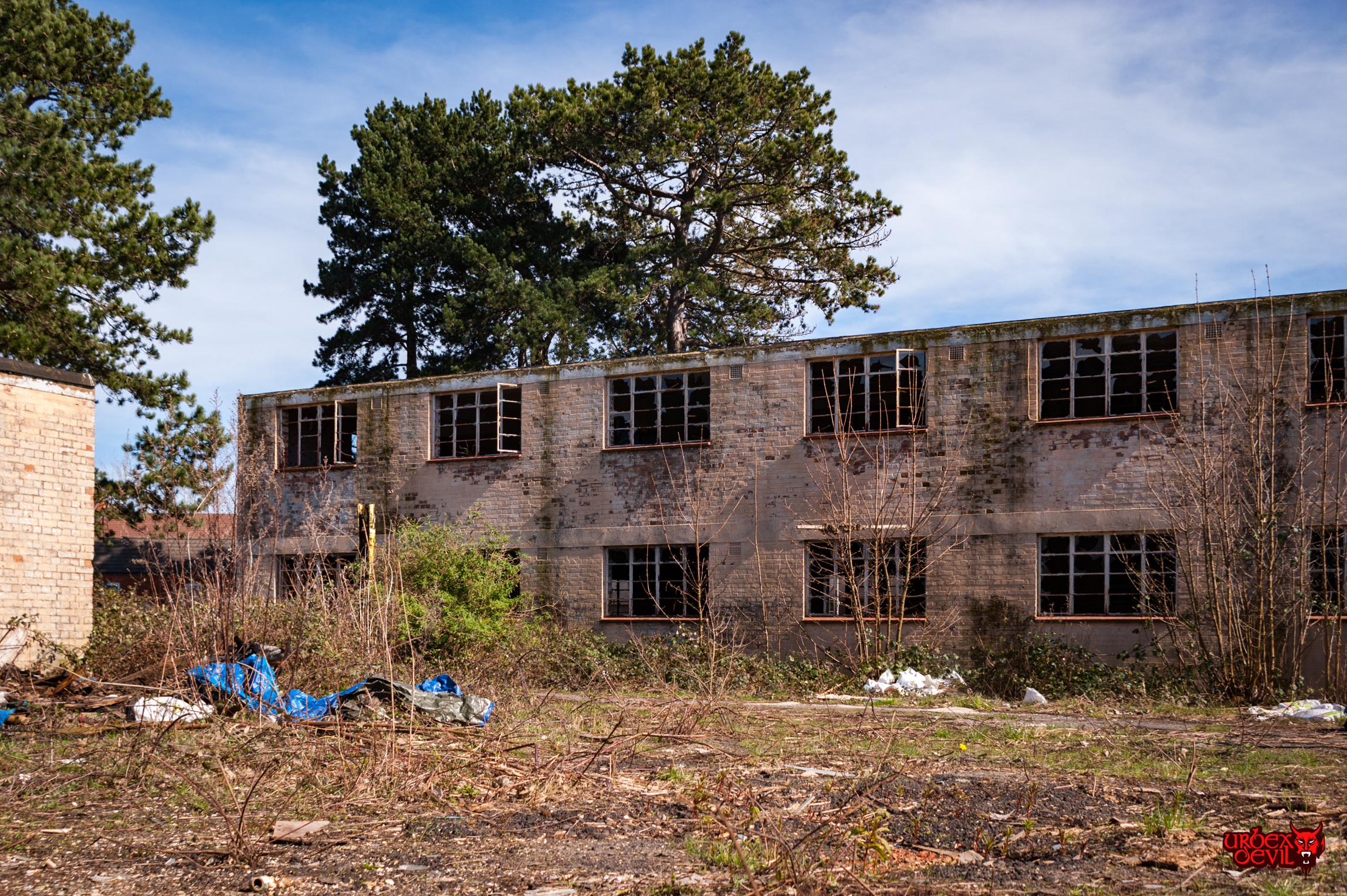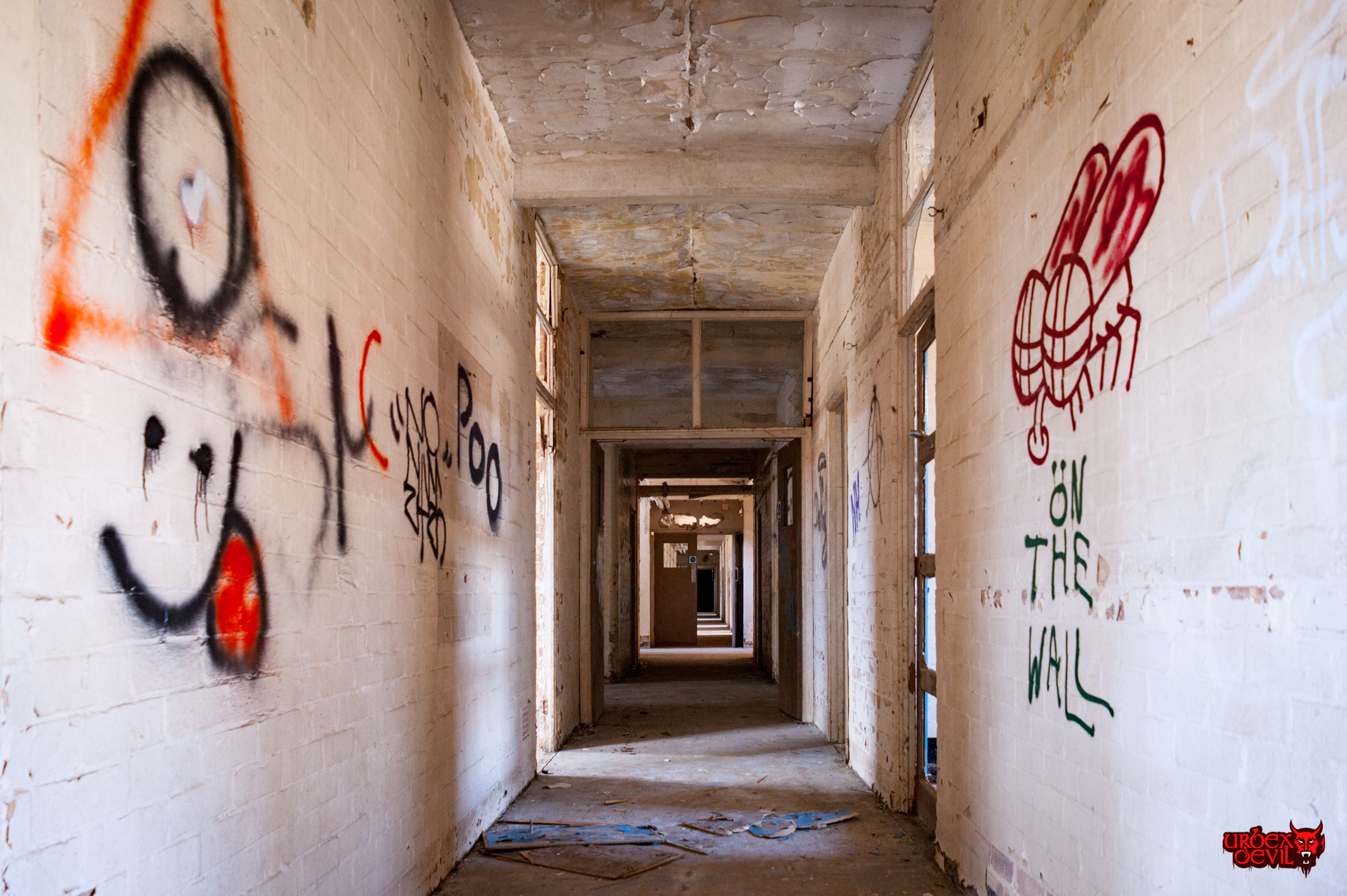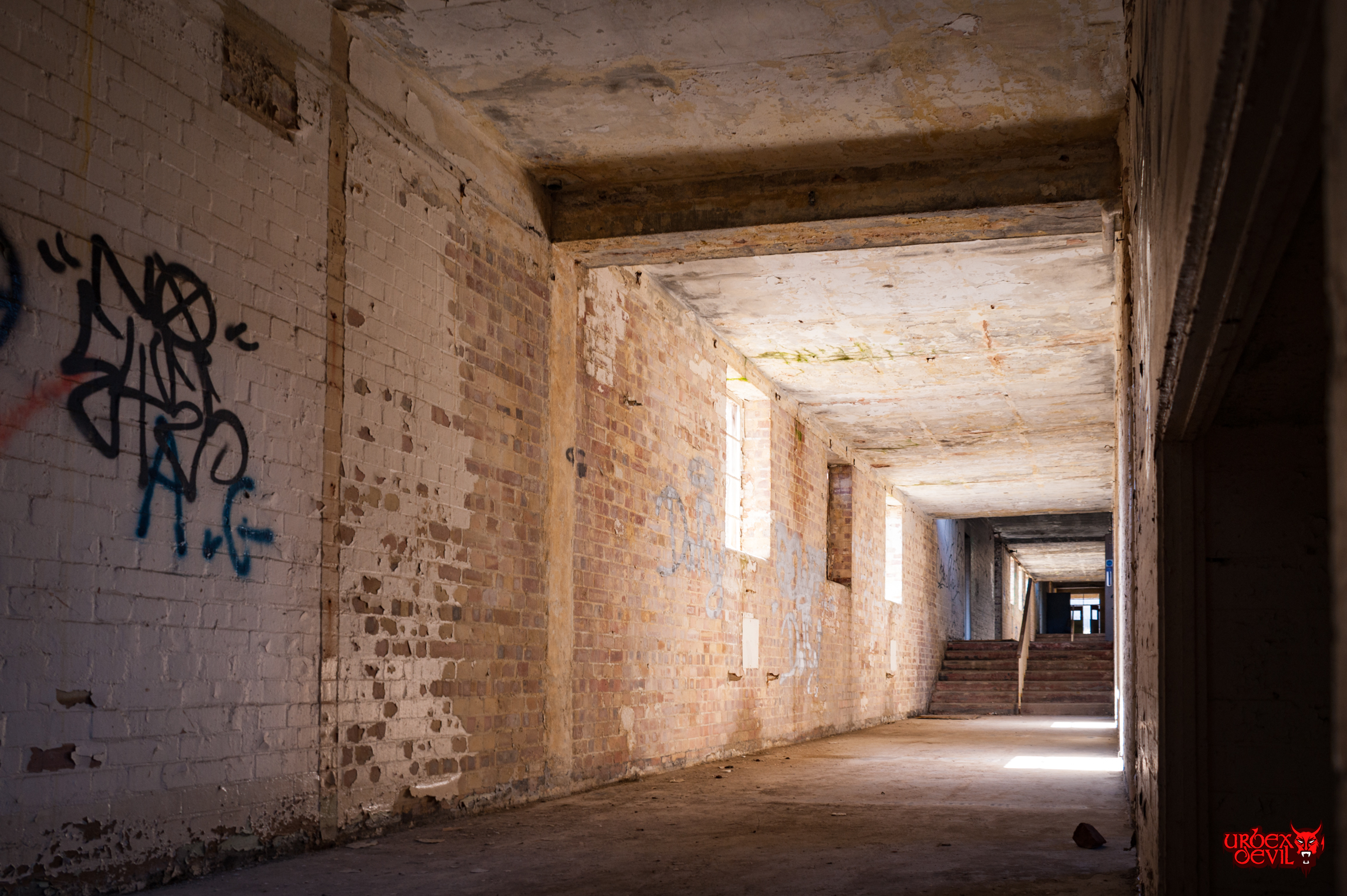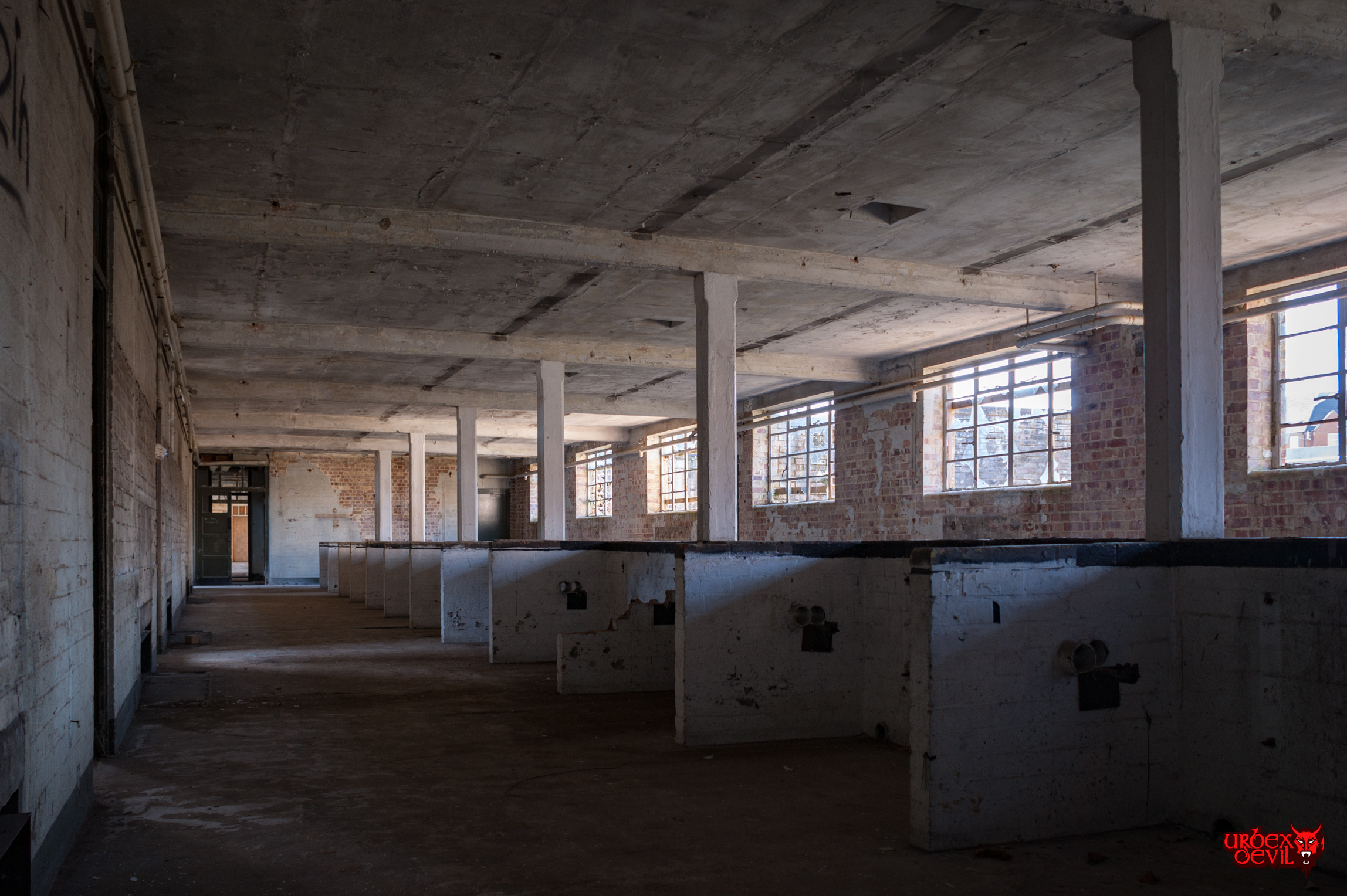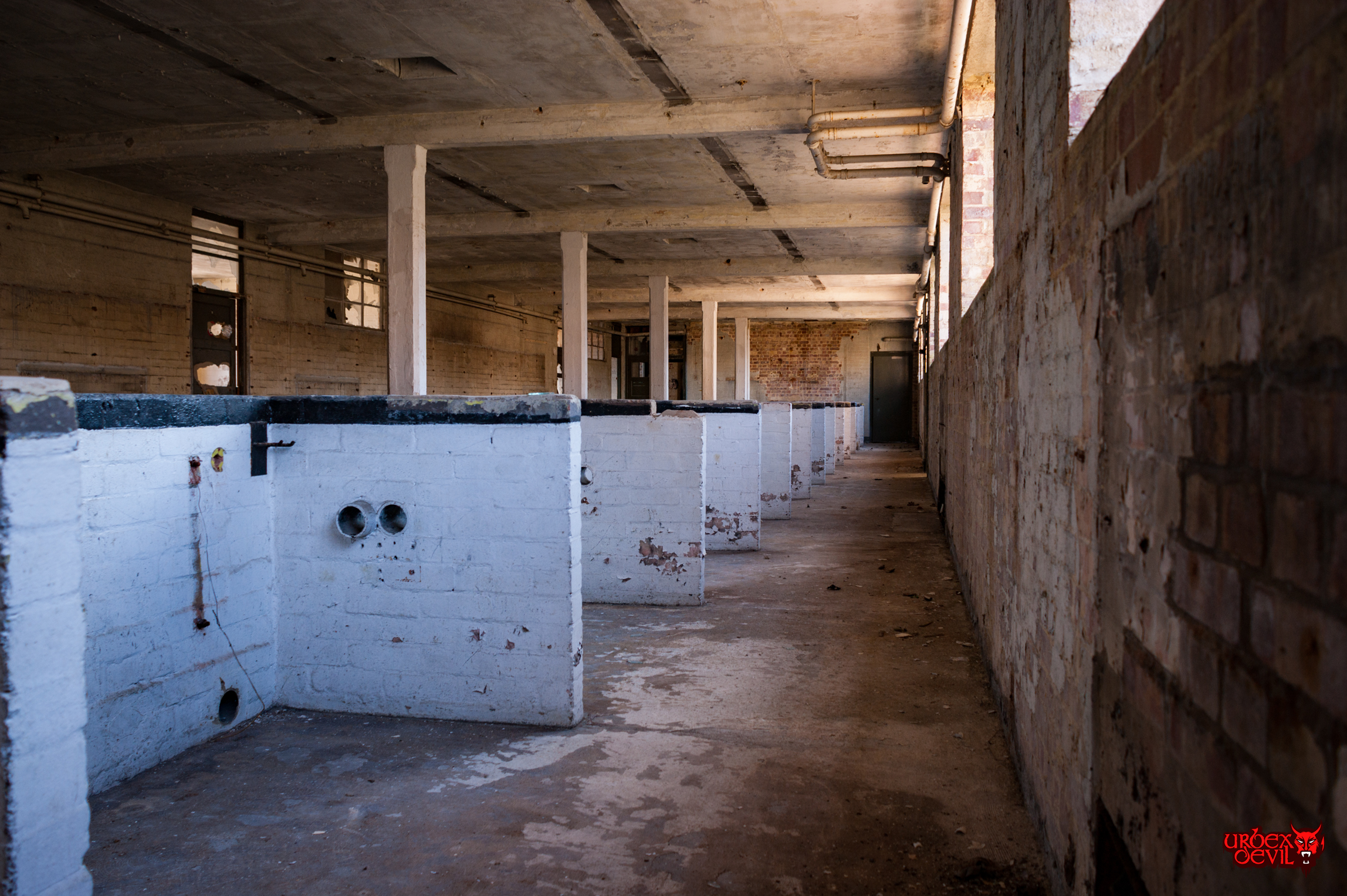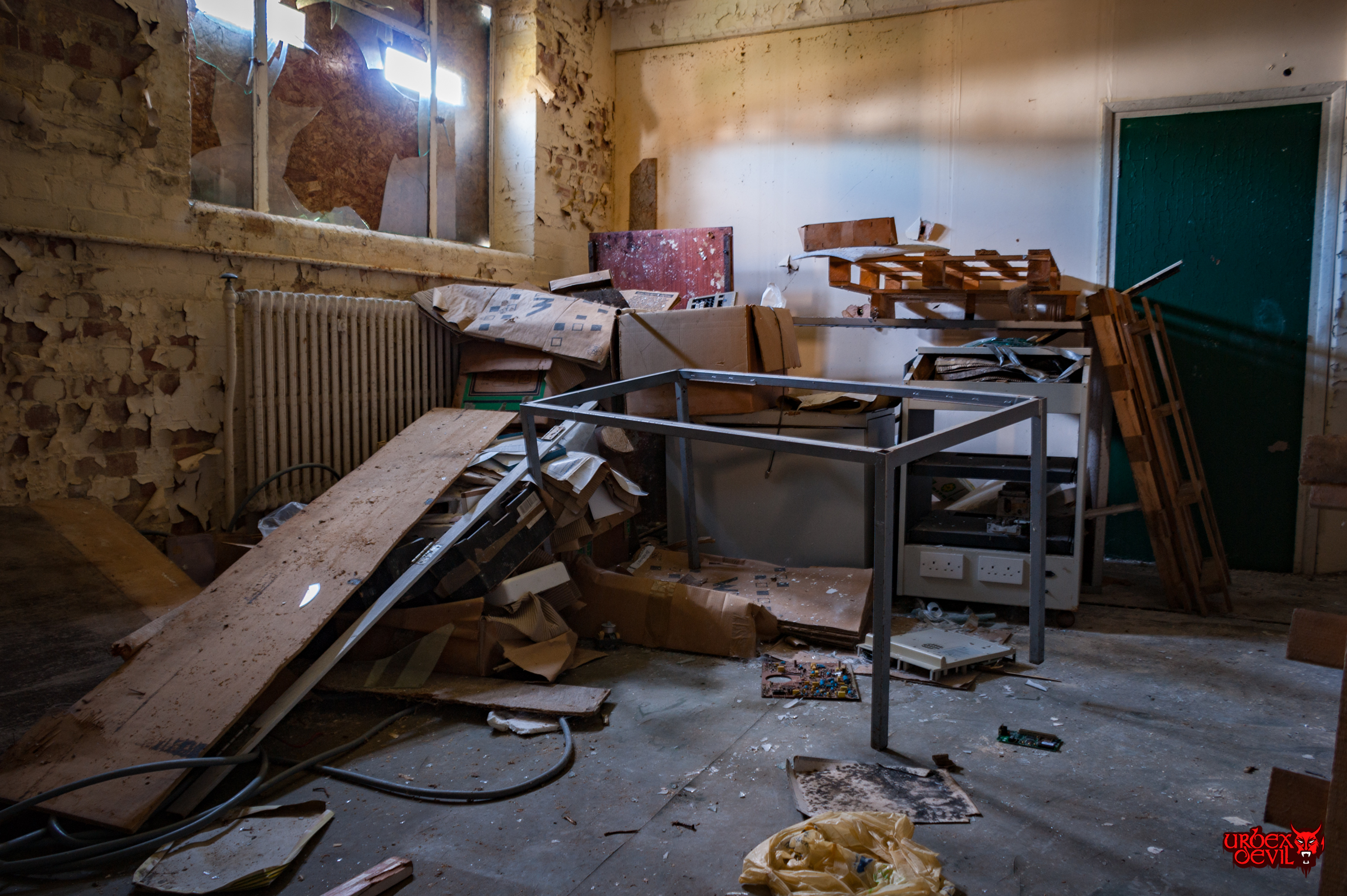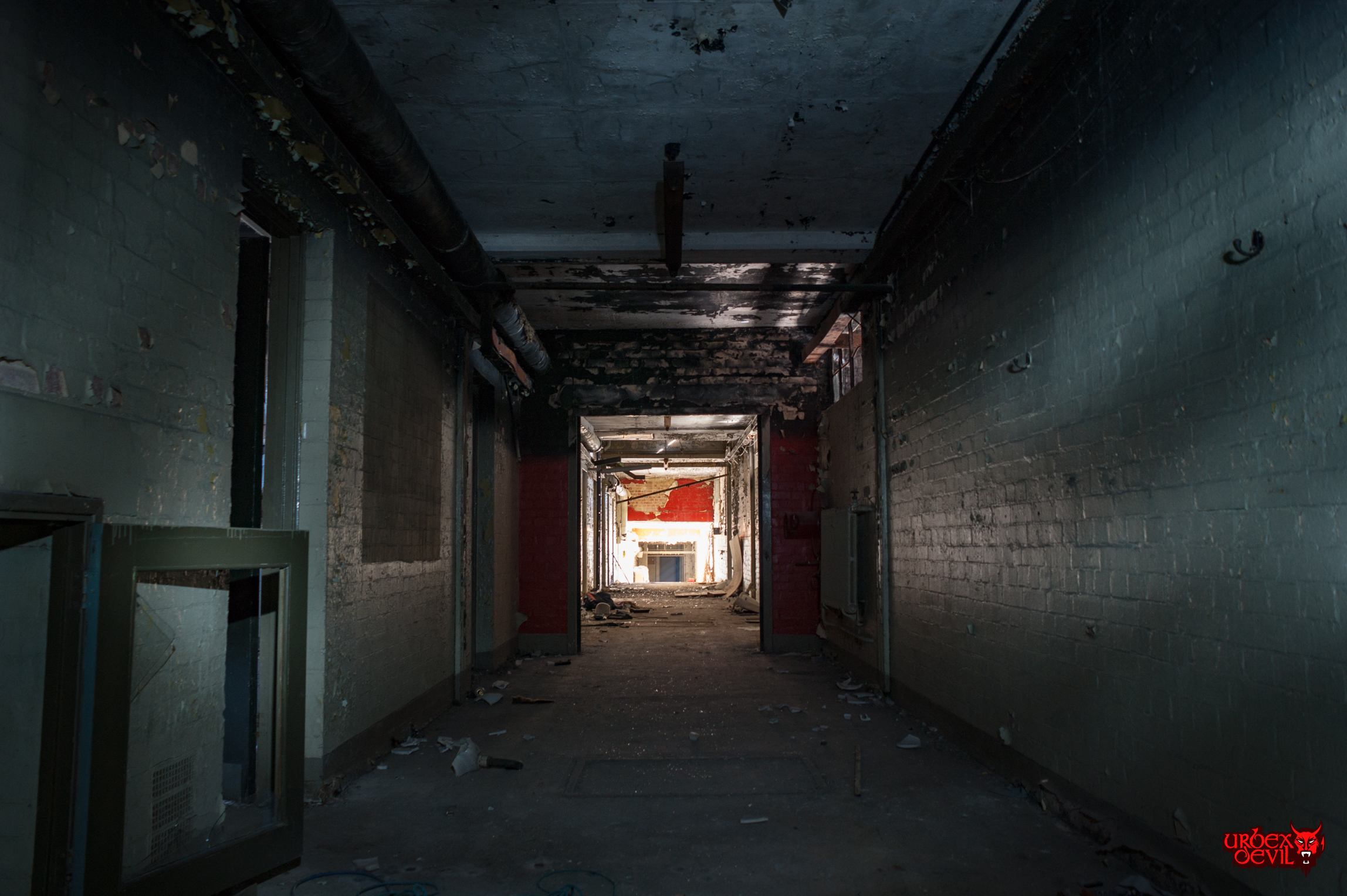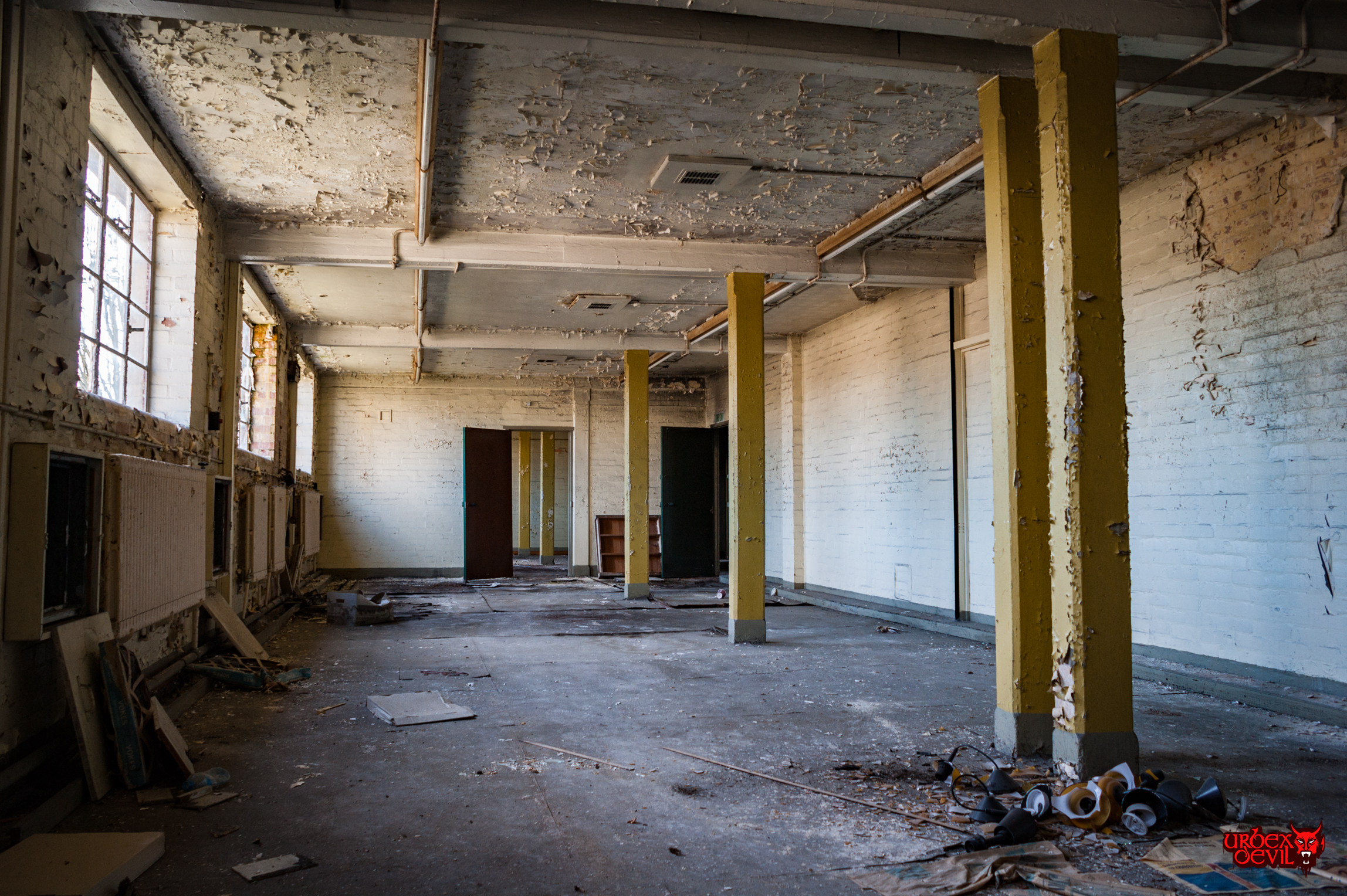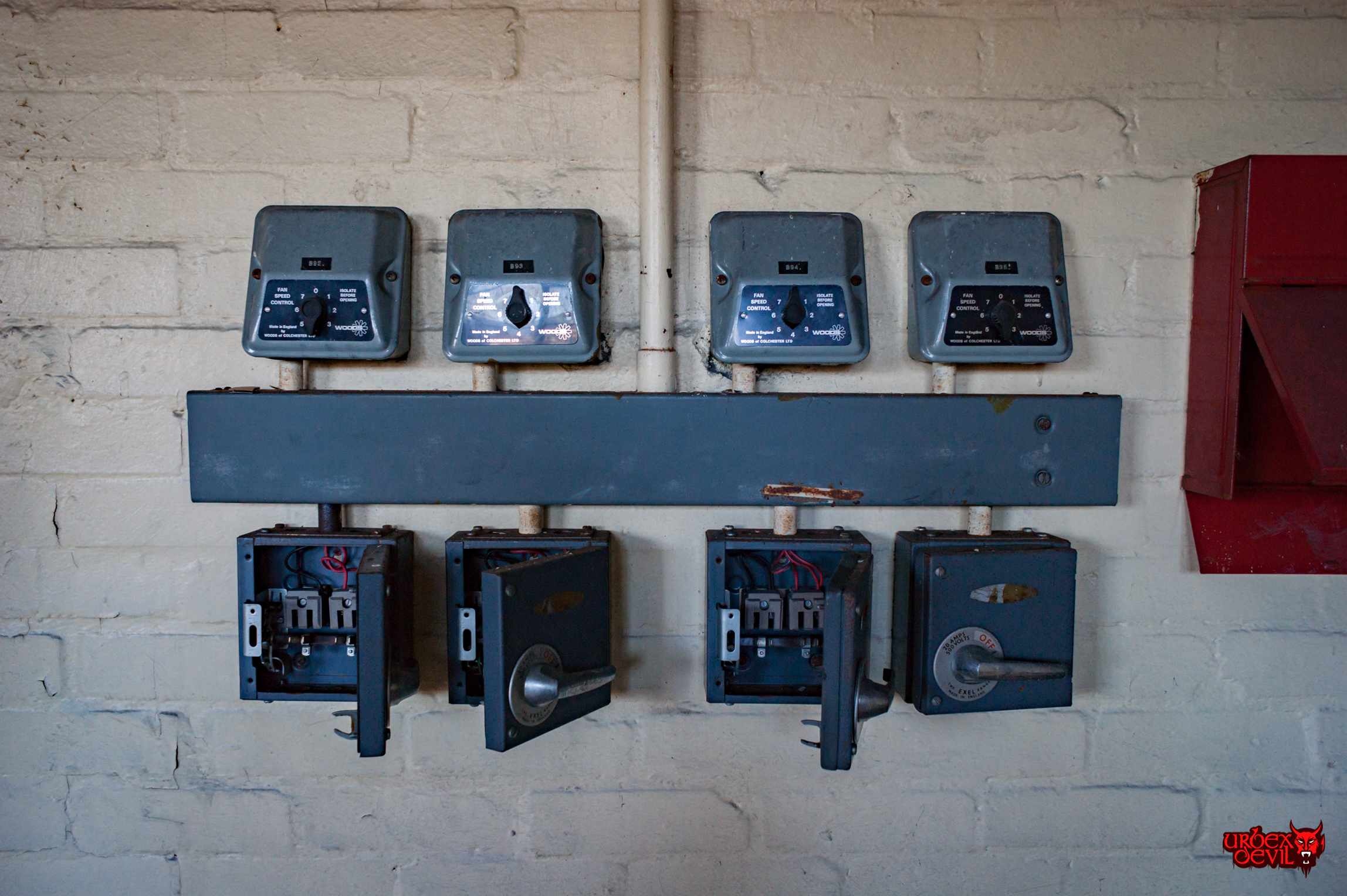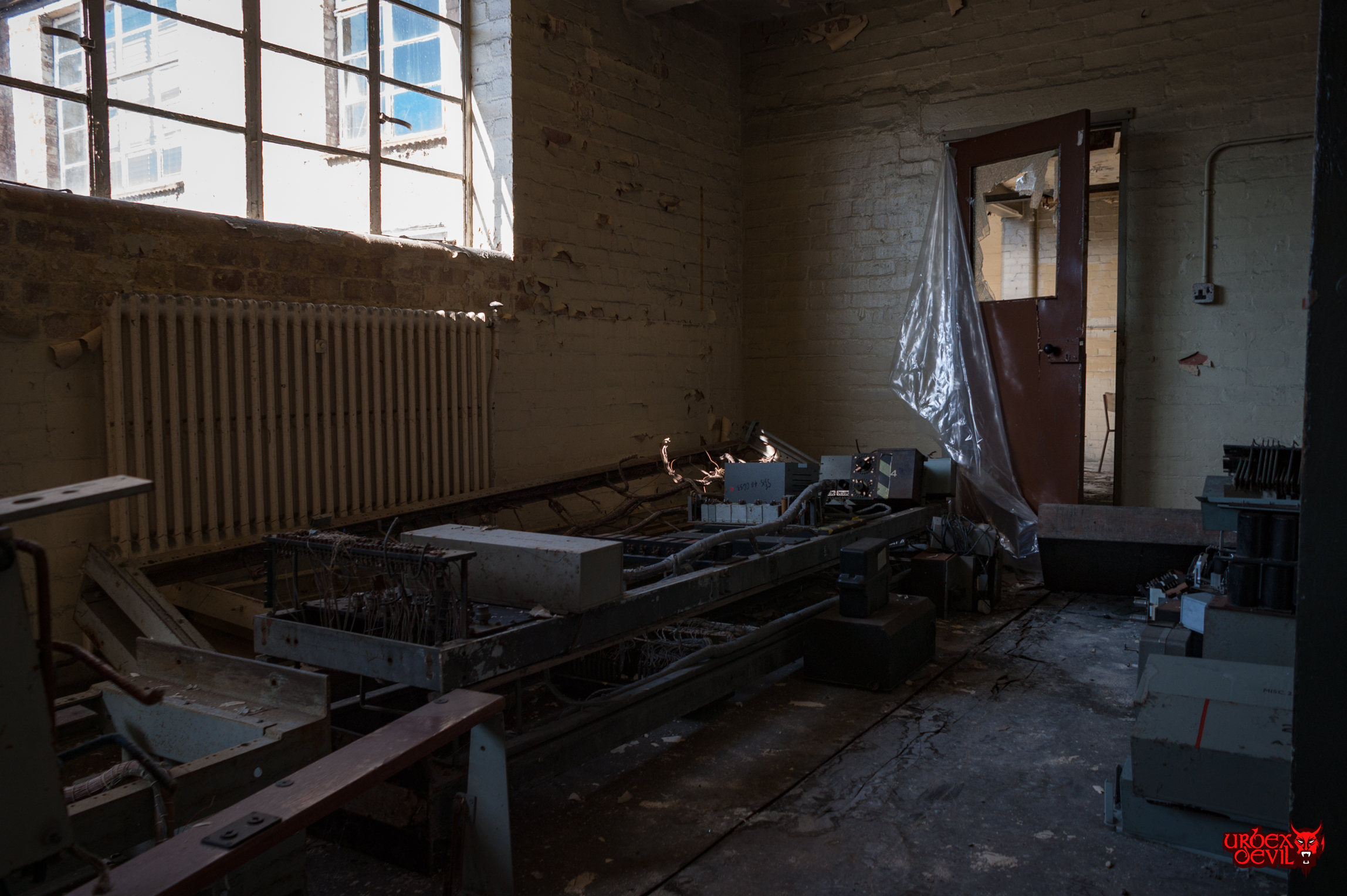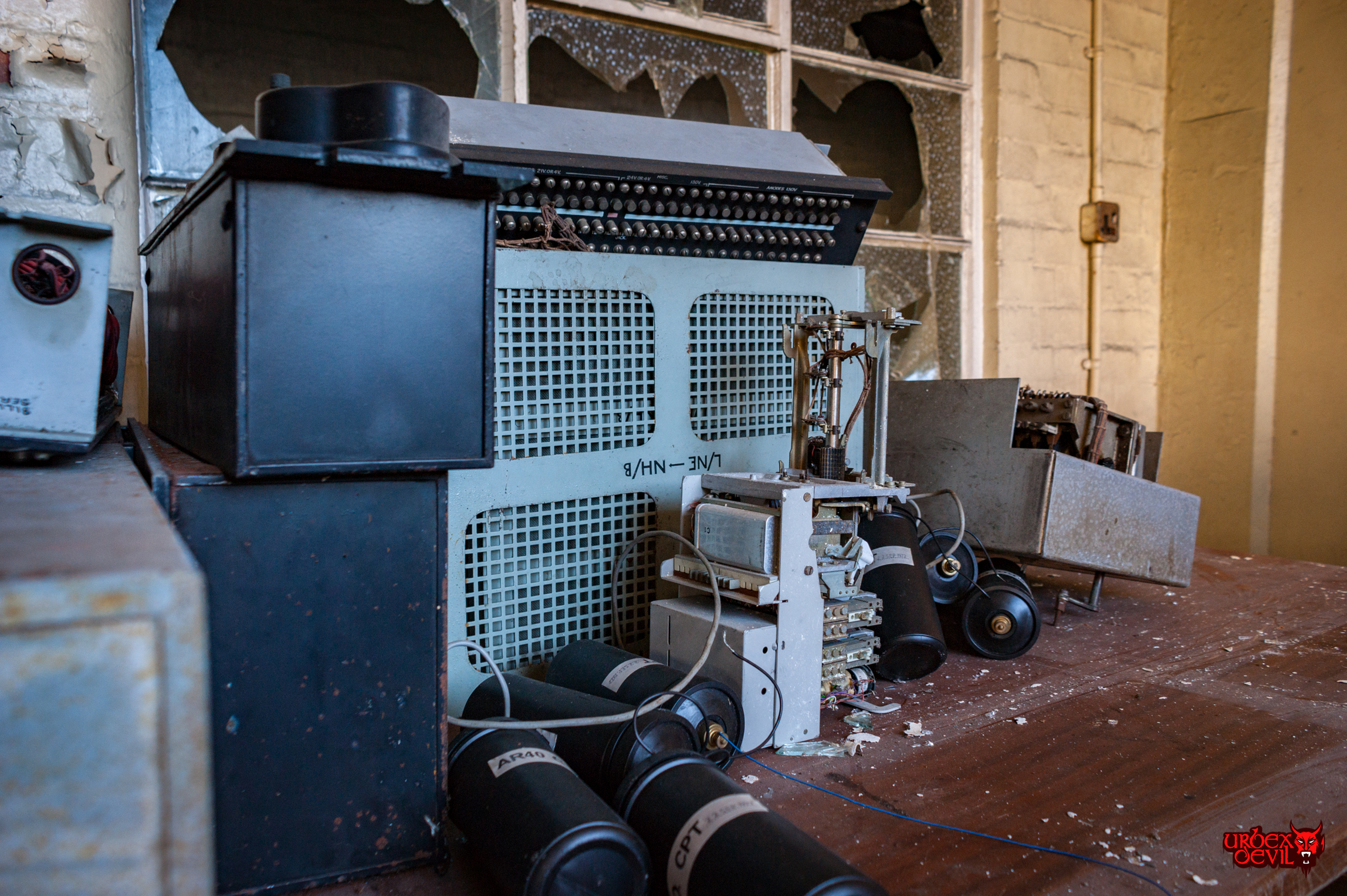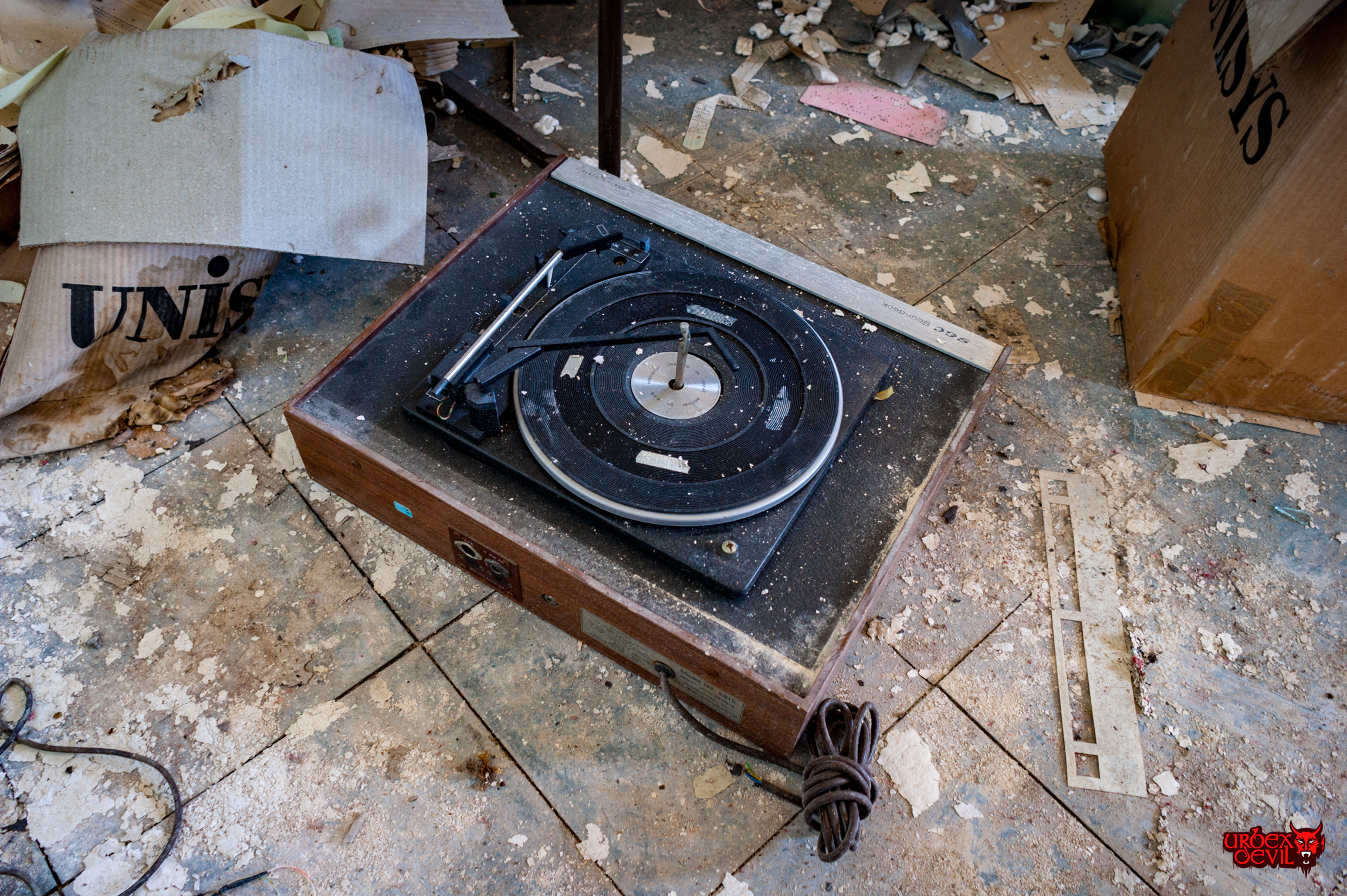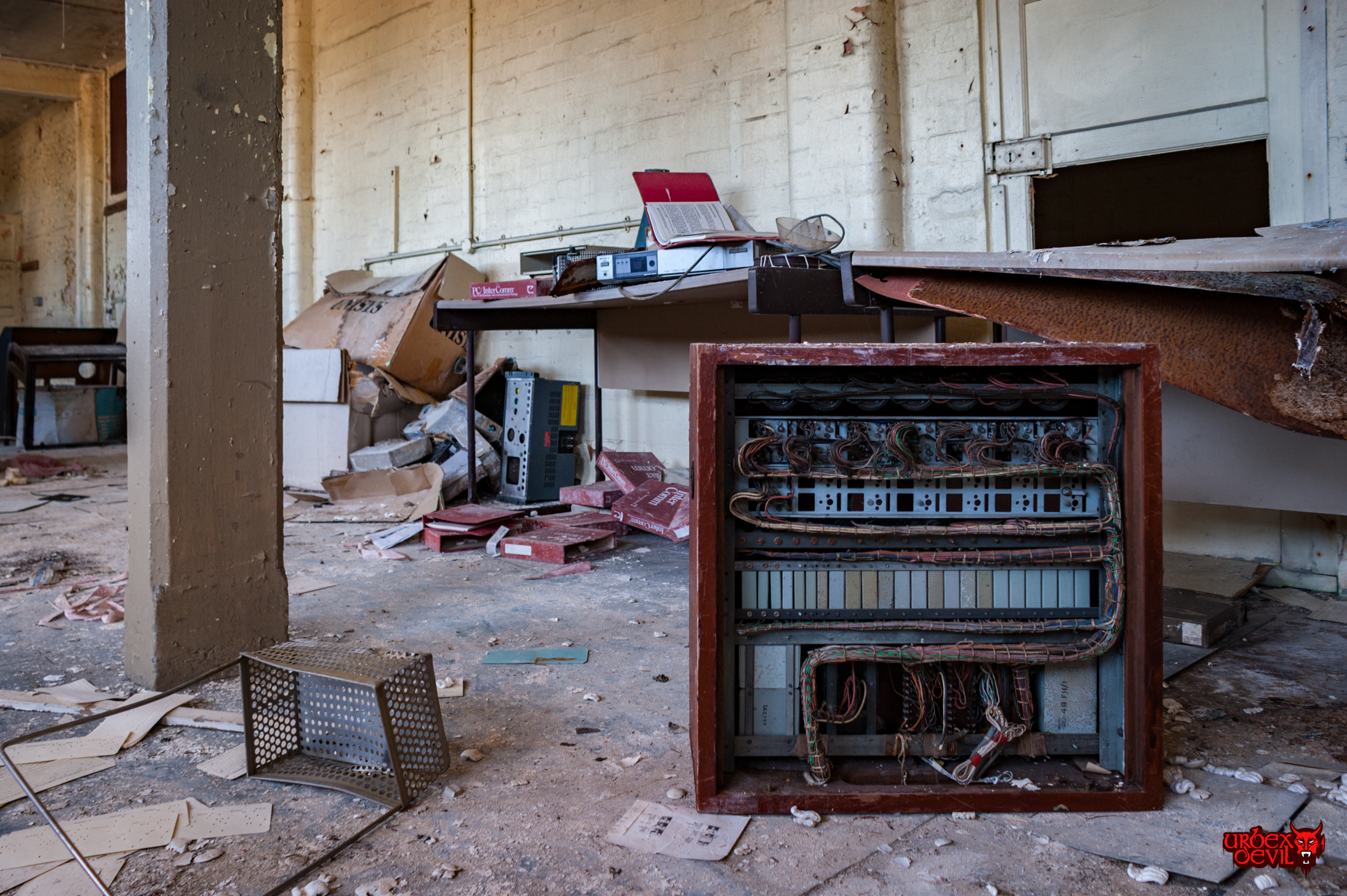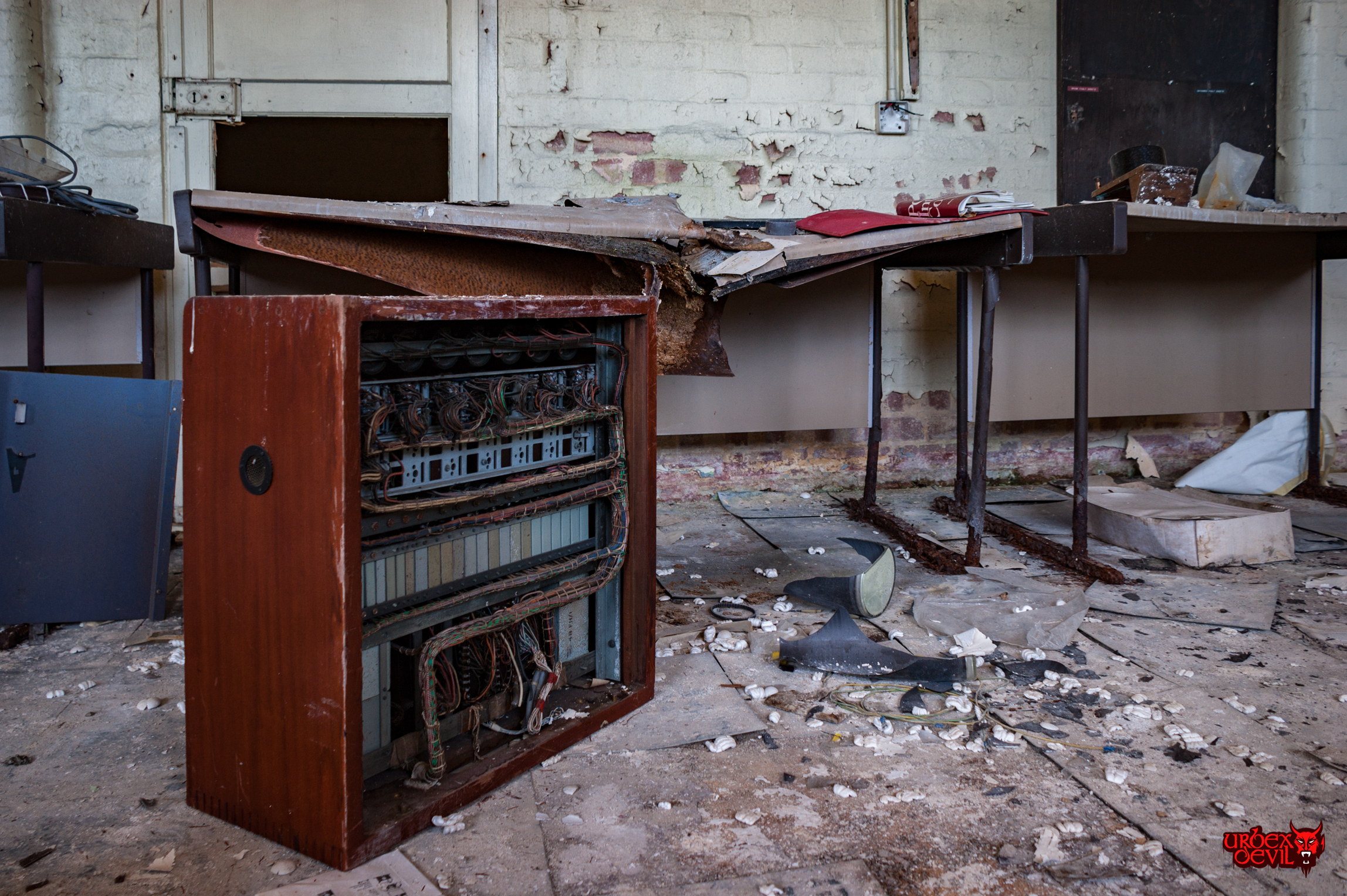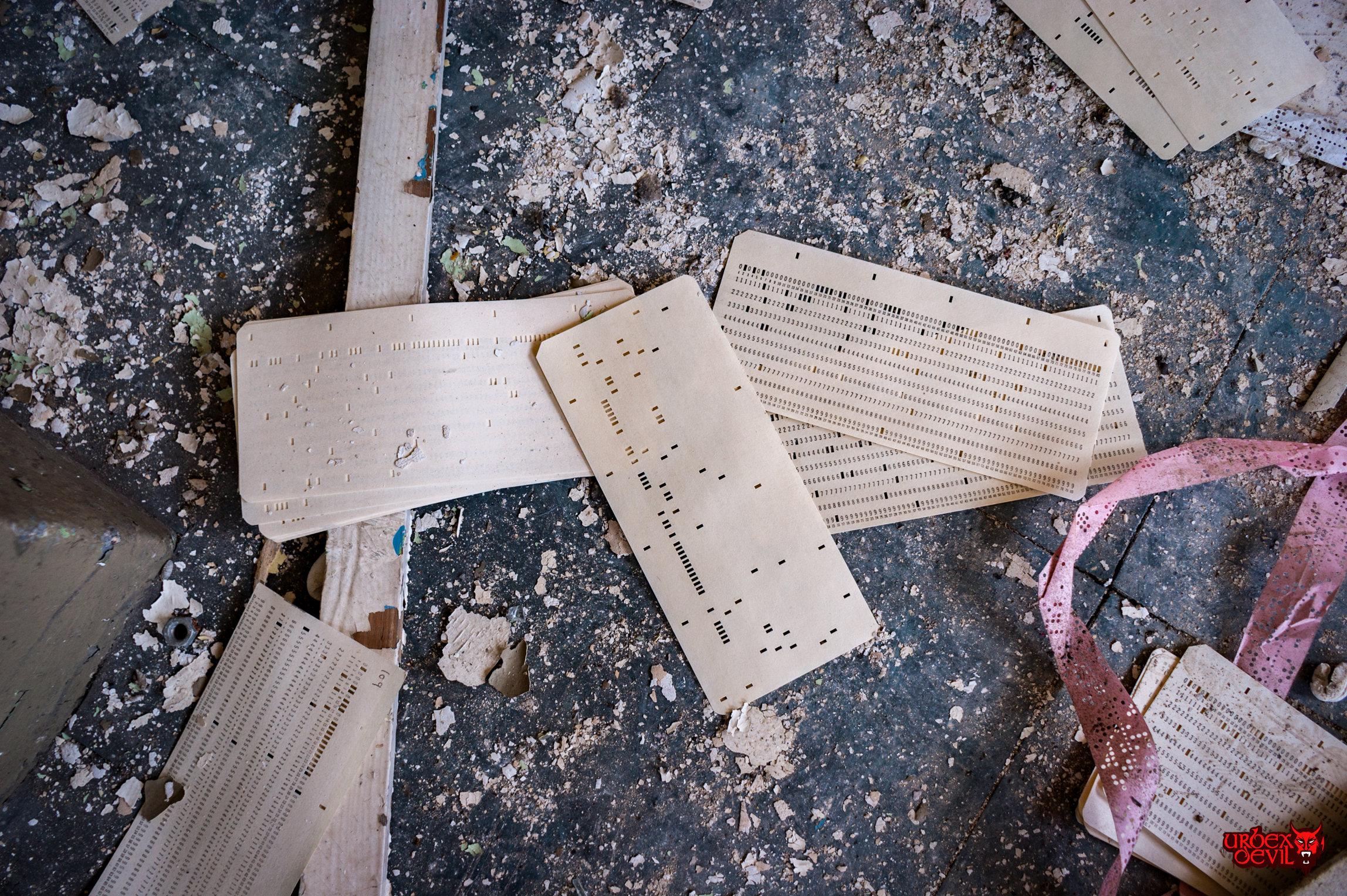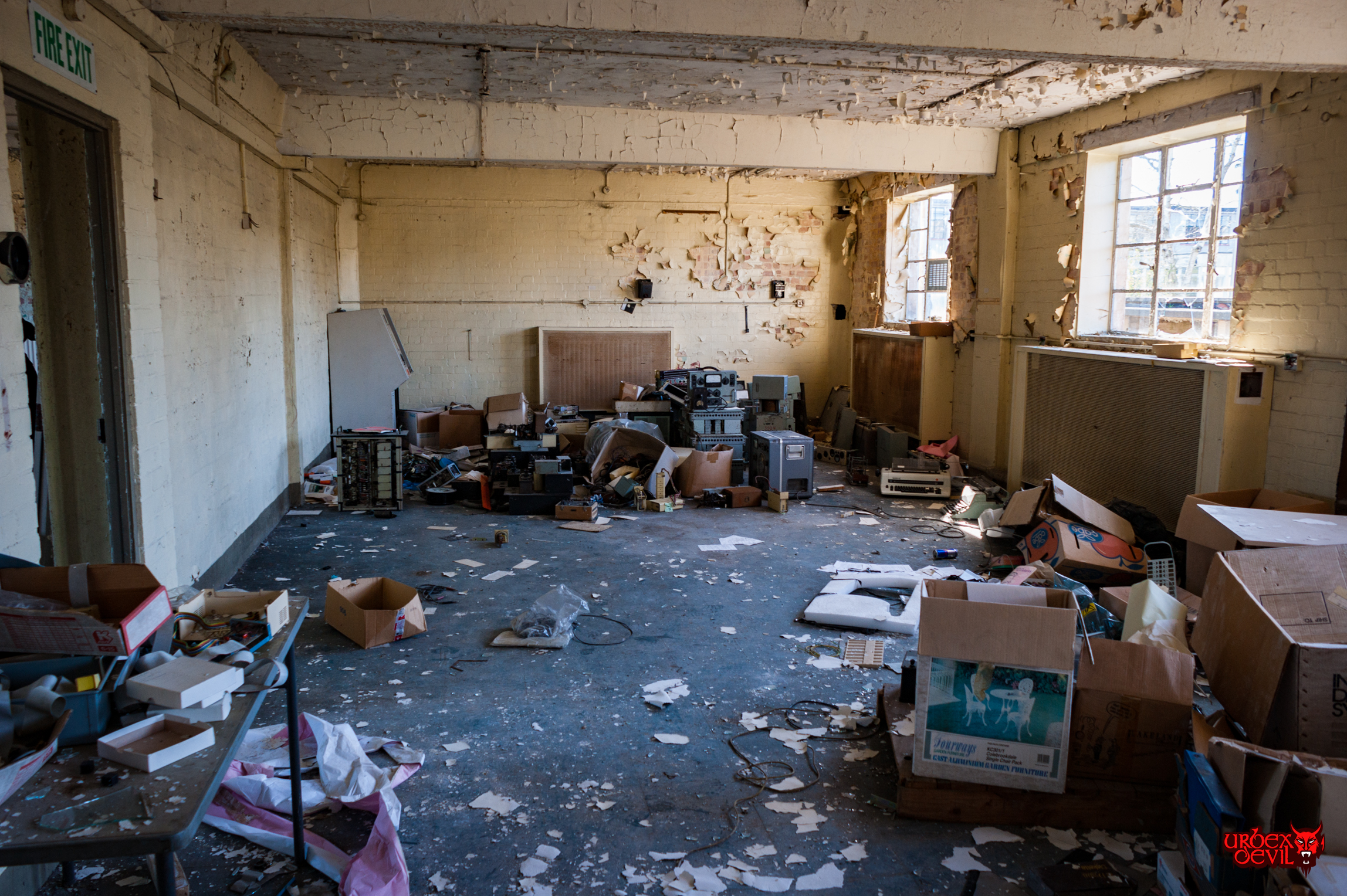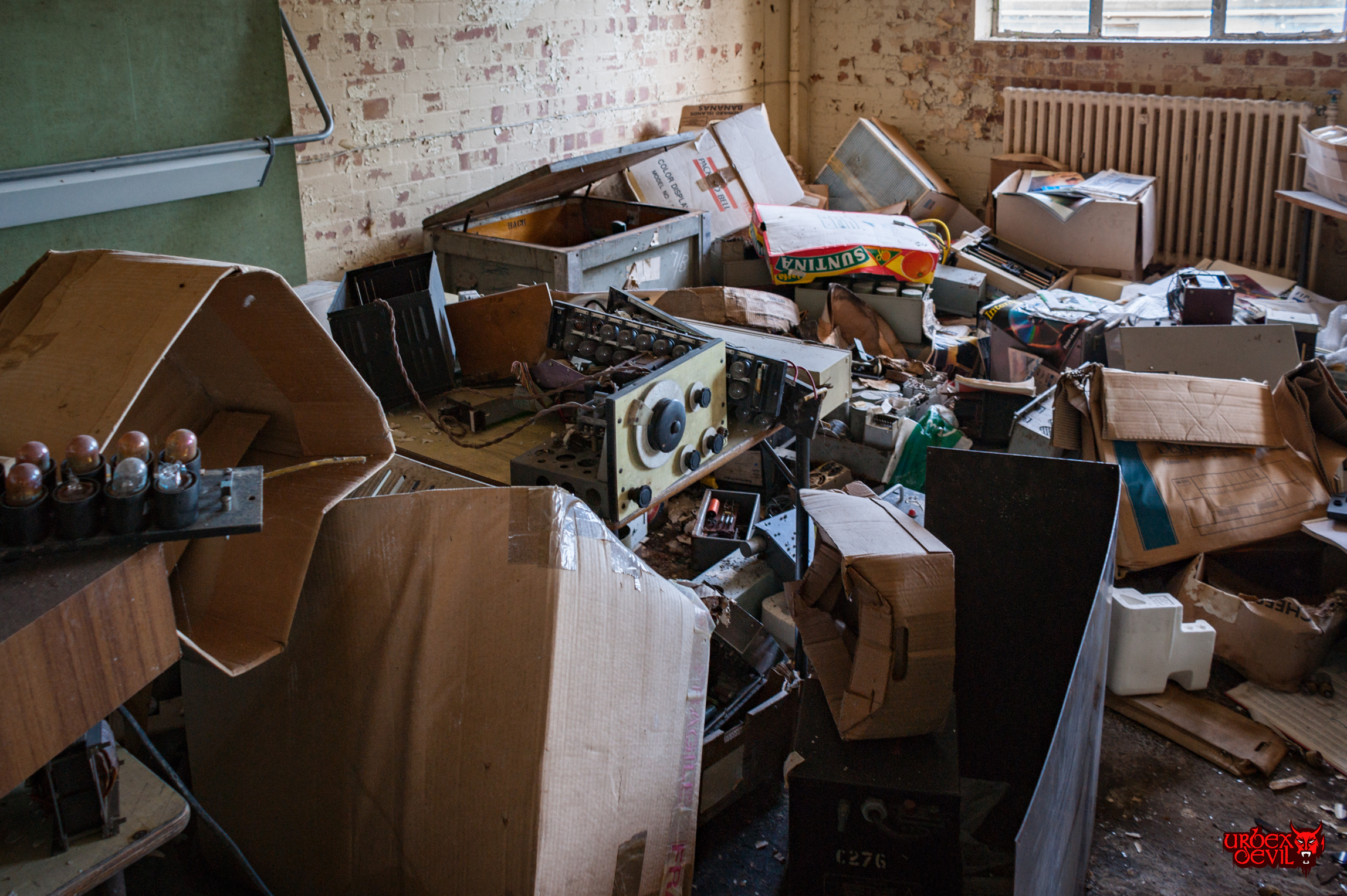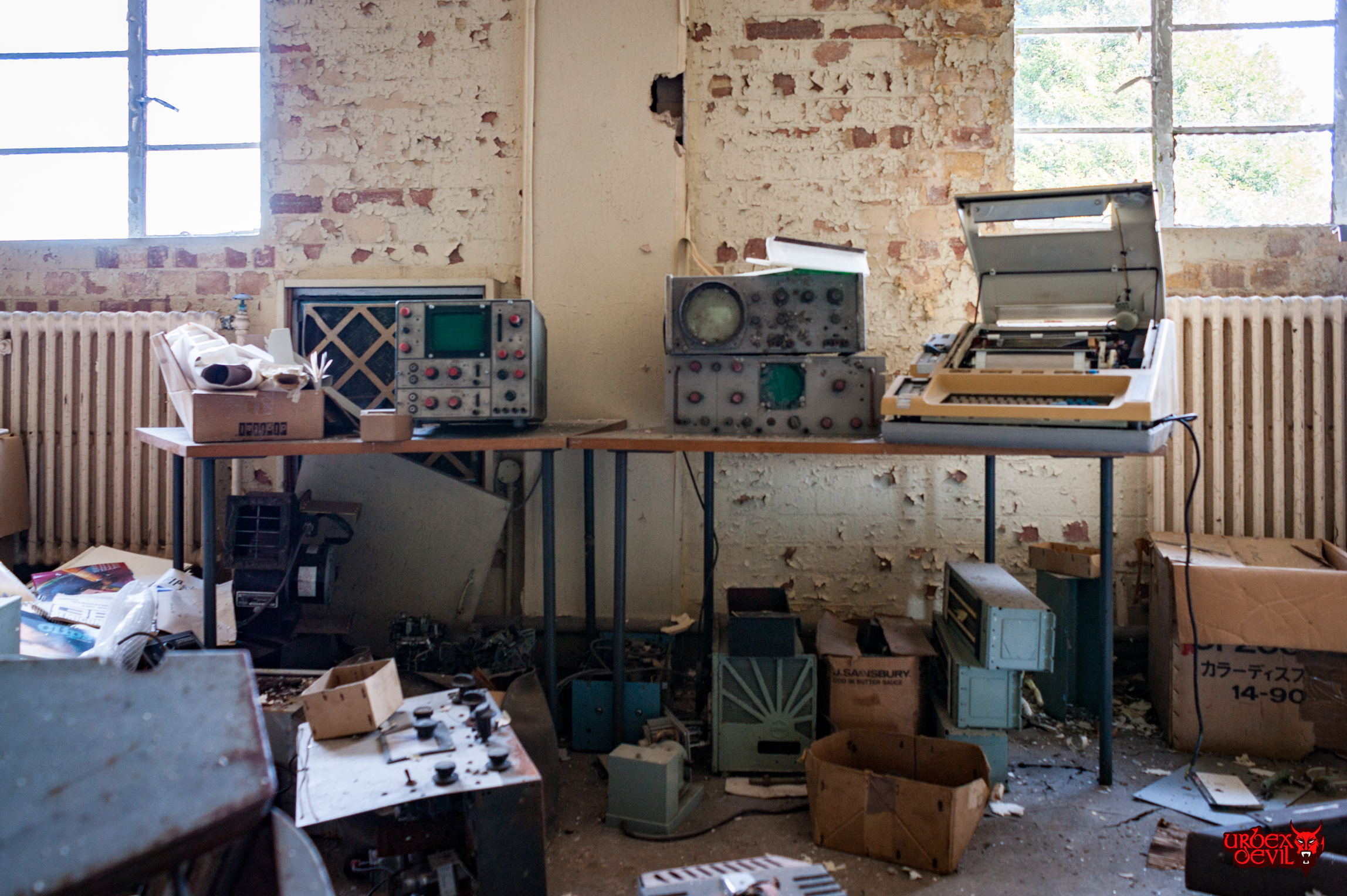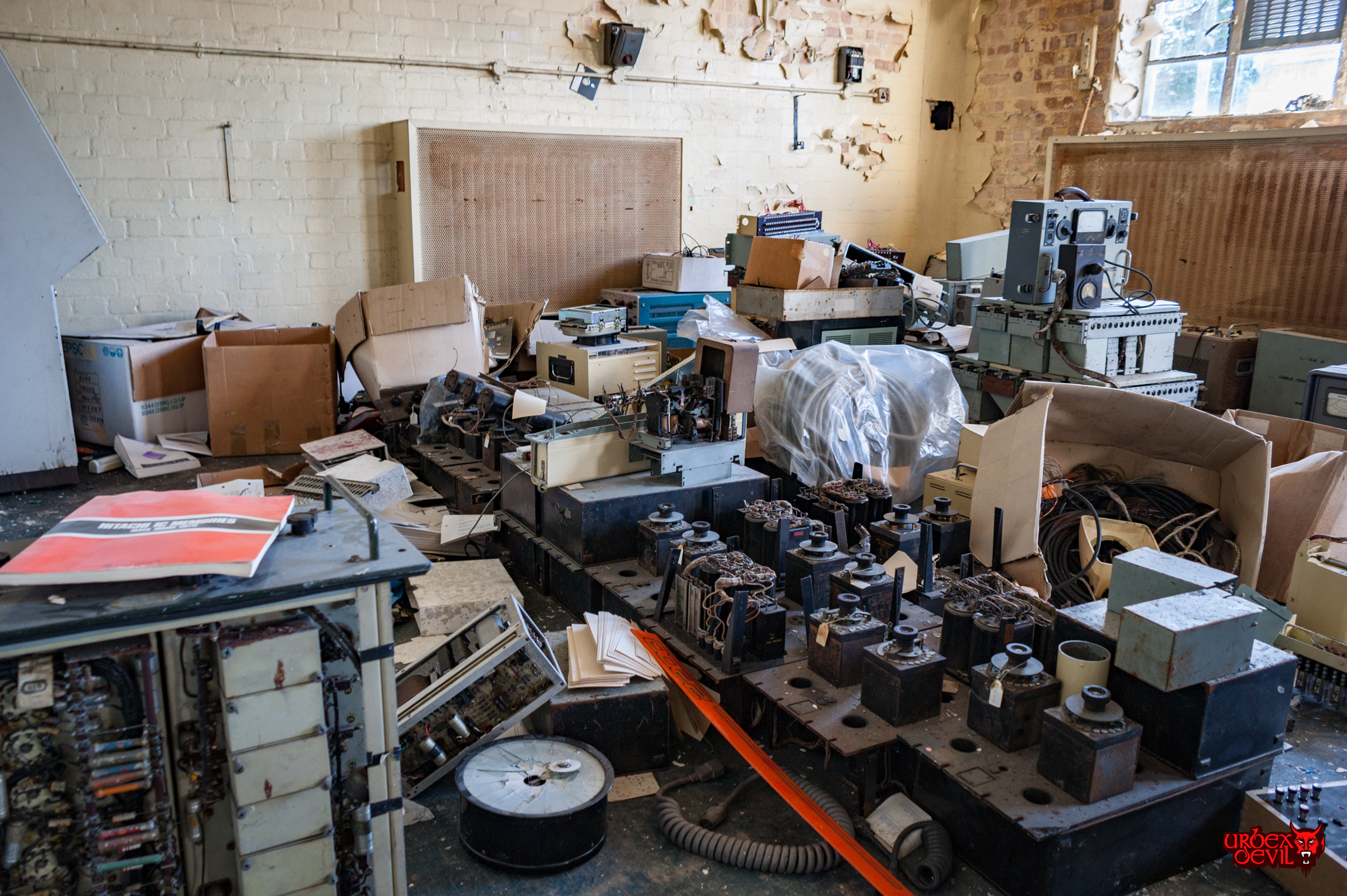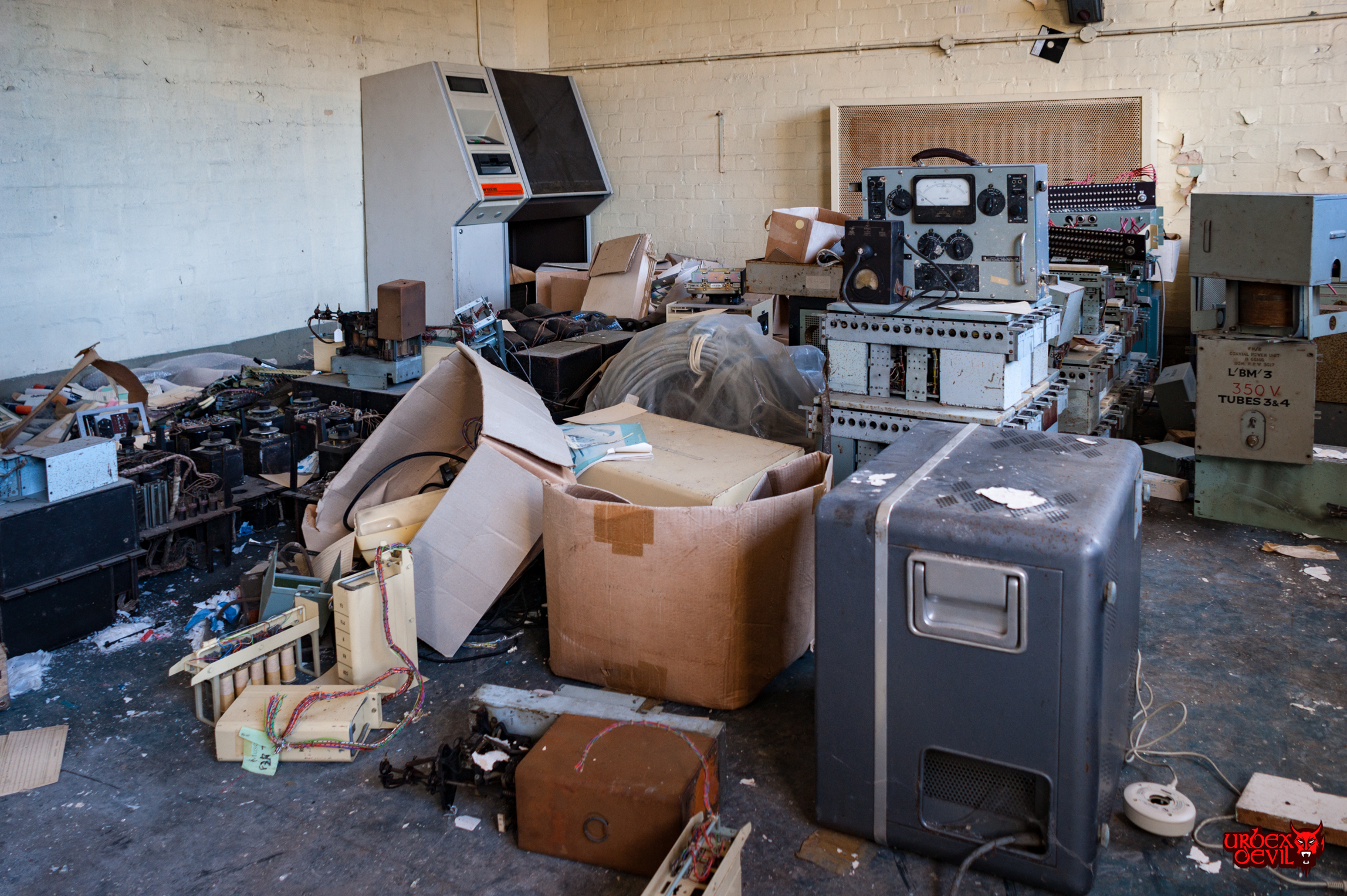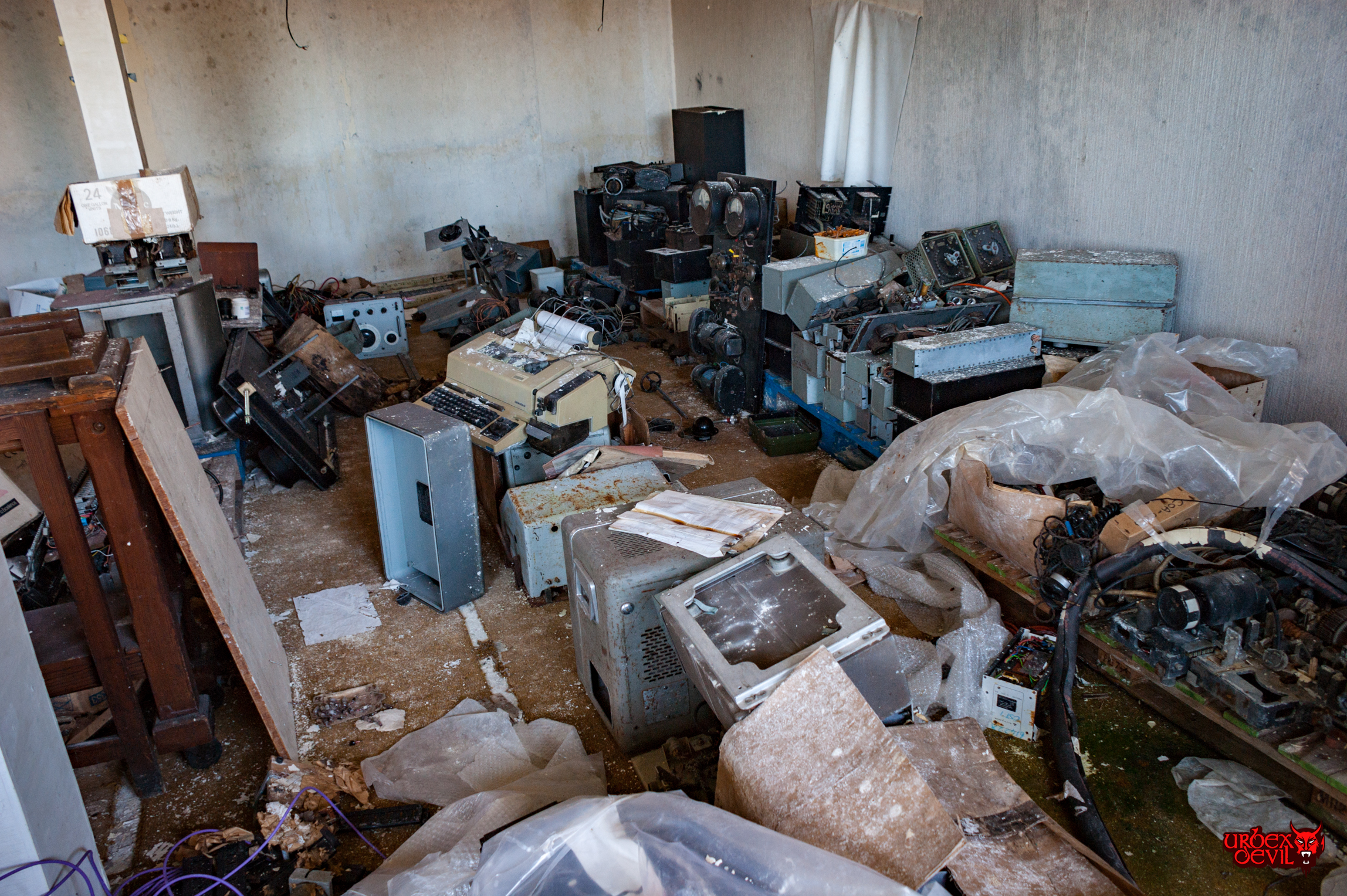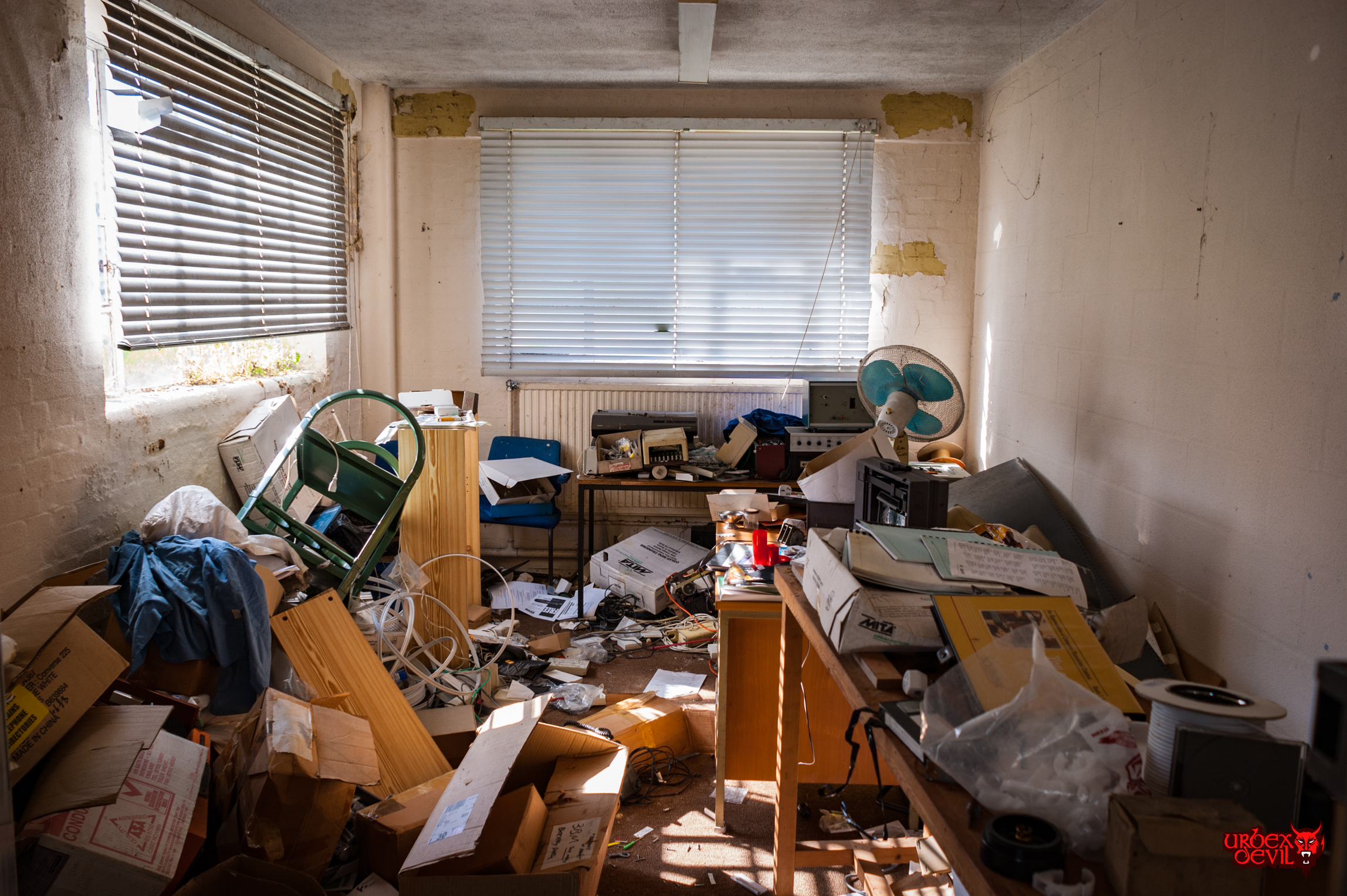A revisit and the third time lucky, this time without running out of battery or loosing daylight, in fact it couldn’t have been better weather for it.
I managed to do the canteen side of Bletchley a good 5 years ago and had a failed visit after my camera battery died on this side somewhere between then and now. Luck turned this time and managed to get into both block D and G which was amazing to see so much old equipment still sitting around.
History is well known but here’s a short snippet pinched from Wikipedia anyway.
The site appears in the Domesday Book as part of the Manor of Eaton. Browne Willis built a mansion there in 1711, but after Thomas Harrison purchased the property in 1793 this was pulled down. It was first known as Bletchley Park after its purchase by Samuel Lipscomb Seckham in 1877.
In 1938, the mansion and much of the site was bought by a builder for a housing estate, but in May 1938 Admiral Sir Hugh Sinclair, head of the Secret Intelligence Service (SIS or MI6), bought the mansion and 58 acres (23 ha) of land for £6,000 (£386,000 today) for use by GC&CS and SIS in the event of war. He used his own money as the Government said they did not have the budget to do so.
Bletchley Park was known as “B.P.” to those who worked there. “Station X” (X = Roman numeral ten), “London Signals Intelligence Centre”, and “Government Communications Headquarters” were all cover names used during the war. The formal posting of the many “Wrens” – members of the Women’s Royal Naval Service – working there, was to HMS Pembroke V. Royal Air Force names of Bletchley Park and its outstations included RAF Eastcote, RAF Lime Grove and RAF Church Green.[14] The postal address that staff had to use was “Room 47, Foreign Office”.
After the war, the Government Code & Cypher School became the Government Communications Headquarters (GCHQ), moving to Eastcote in 1946 and to Cheltenham in the 1950s. The site was used by various government agencies, including the GPO and the Civil Aviation Authority. One large building, block F, was demolished in 1987 by which time the site was being run down with tenants leaving. In 1990 the site was at risk of being sold for housing development. However, Milton Keynes Council made it into a conservation area. Bletchley Park Trust was set up in 1991 by a group of people who recognised the site’s importance. The initial trustees included Roger Bristow, Ted Enever, Peter Wescombe, Dr Peter Jarvis of the Bletchley Archaeological & Historical Society, and Tony Sale who in 1994 became the first director of the Bletchley Park Museums.


